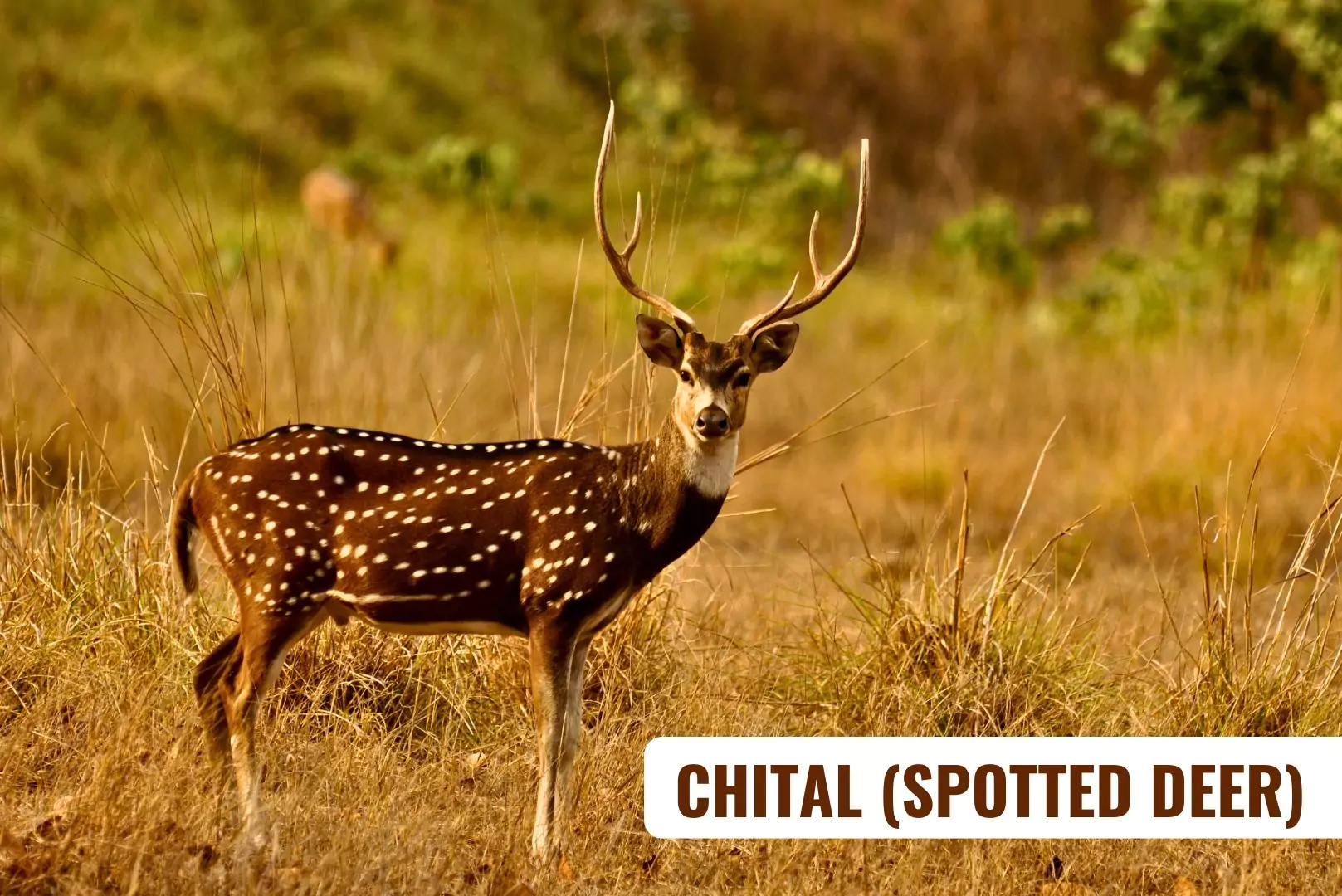![]() 10 Apr 2024
10 Apr 2024
Recently, the Andaman and Nicobar Forest Department is considering moving about 500 Chital deer to a Biological Park in Port Blair.

| Must Read | |
| NCERT Notes For UPSC | UPSC Daily Current Affairs |
| UPSC Blogs | UPSC Daily Editorials |
| Daily Current Affairs Quiz | Daily Main Answer Writing |
| UPSC Mains Previous Year Papers | UPSC Test Series 2024 |
<div class="new-fform">
</div>